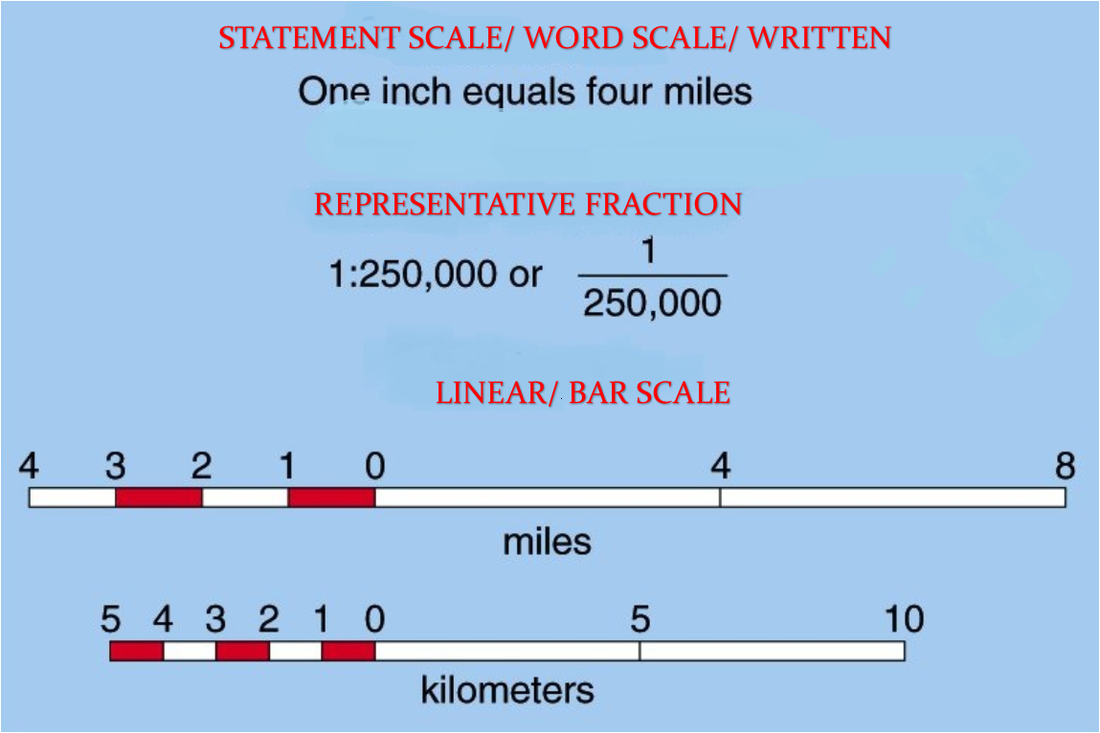Geographic scale is a pivotal concept in the field of human geography, elucidating the ways in which various phenomena and processes operate across different spatial dimensions. At its core, geographic scale refers to the relative size or level of detail that one employs when analyzing geographical information. Whether one is investigating local, regional, national, or global frameworks, the understanding of scale shapes our interpretation of cultural, environmental, and economic interactions.
The concept of scale can be dichotomously understood through two lenses: the physical scale and the conceptual scale. Physical scale pertains to the tangible dimensions of a geographic area, which might include the geographical extent of a city, country, or continent. Conceptual scale, on the other hand, refers to the socio-political or economic frameworks in which these geographical entities function. For instance, analyzing climate change’s impacts could be performed at both a local community level, focusing on specific populations, and a global level, examining international climate agreements. This duality fosters a nuanced exploration of distinct yet interconnected geographic realities.
Human geography investigates how people interact with their environments. The various scales at which these interactions occur are integral in comprehending the broader implications of local actions. For example, urban planners assess the geographic scale of a city when determining locations for parks, schools, and transportation systems. A localized perspective allows for an examination of immediate community needs. Yet, it is crucial to recognize that these local decisions often ripple outward, influencing broader patterns of migration, economic development, and even climate responses. This interconnectedness underscores the importance of varying geographic scales.
Understanding geographic scale also enriches the discourse on sustainability. The environmental challenges we face—such as deforestation, biodiversity loss, and pollution—are omnipresent, yet their manifestations differ vastly depending on the scale at which they are scrutinized. Consider deforestation in the Amazon rainforest. When viewed through a local lens, one might assess the immediate impacts on indigenous communities and flora. Expanding this analysis to a regional perspective brings to light the implications for biodiversity and climate at the level of South America. Finally, adopting a global scale draws attention to the interconnected nature of these ecosystems and the international policies that govern them.
Perhaps one of the most significant aspects of geographic scale involves its ability to foster a heightened awareness of social equity. The disparities in resource distribution across different geographic contexts are stark. For instance, urban areas often have concentrated resources, services, and opportunities, fostering substantial socio-economic disparities when compared to rural regions. By engaging with human geography through the lens of scale, practitioners can advocate for policies that mitigate inequalities, ensuring that solutions to pressing issues such as housing, education, and healthcare are enacted fairly across diverse geographic landscapes.
The importance of scale is further accentuated in the context of migration. Human movement can be understood at various scales: from individual movements across borders to regional migration patterns influenced by economic disparities and climate change. Analyzing human migration through these varied perspectives illuminates the complexities of global interdependence. For instance, climate refugees—individuals displaced by environmental factors—introduce unique challenges that hold significance across both local and global scales. Refugee crises stress local infrastructures while also warranting international discourse on humanitarian responses. This intersection of scales necessitates comprehensive solutions that account for the diverse experiences of affected populations.
Moreover, the geographic scale plays a crucial role in the dissemination and reception of cultural practices. Culture, embedded within the physical landscapes, is expressed in unique ways across various locations. Nationalism, for example, can be viewed as a powerful cultural phenomenon that operates at multiple scales. It can manifest in localities through community pride and heritage preservation, while also influencing global perceptions of identity and belonging. As such, understanding geographic scale allows for a more profound appreciation of the dynamic interplay between culture and geography, fostering cross-cultural dialogues and broader understandings of identity.
However, the application of geographic scale is not without its challenges. Misinterpretations of scale can lead to oversimplified analyses, obscuring the complex relationships between various geographical entities. For instance, employing a global scale may inadvertently disregard localized factors that heavily influence certain phenomena. Conversely, a hyper-localized analysis might neglect the broader societal forces at play. It is imperative, therefore, to adopt an integrative approach that simultaneously acknowledges the distinctions of scale while recognizing their interdependence.
In conclusion, geographic scale is a fundamental concept in human geography that transcends mere physical dimensions. It invites a multifaceted exploration of how human activities and natural environments interact across varying spatial contexts. By understanding geographic scale, individuals and policymakers can better address pressing global challenges, advocate for social equity, and foster sustainable practices. The implications are profound, prompting us to reconsider our perspectives and embrace a more holistic understanding of the world. By piquing our curiosity and urging us to look beyond immediacy, the concept of geographic scale holds the promise of informed action and transformative change.
